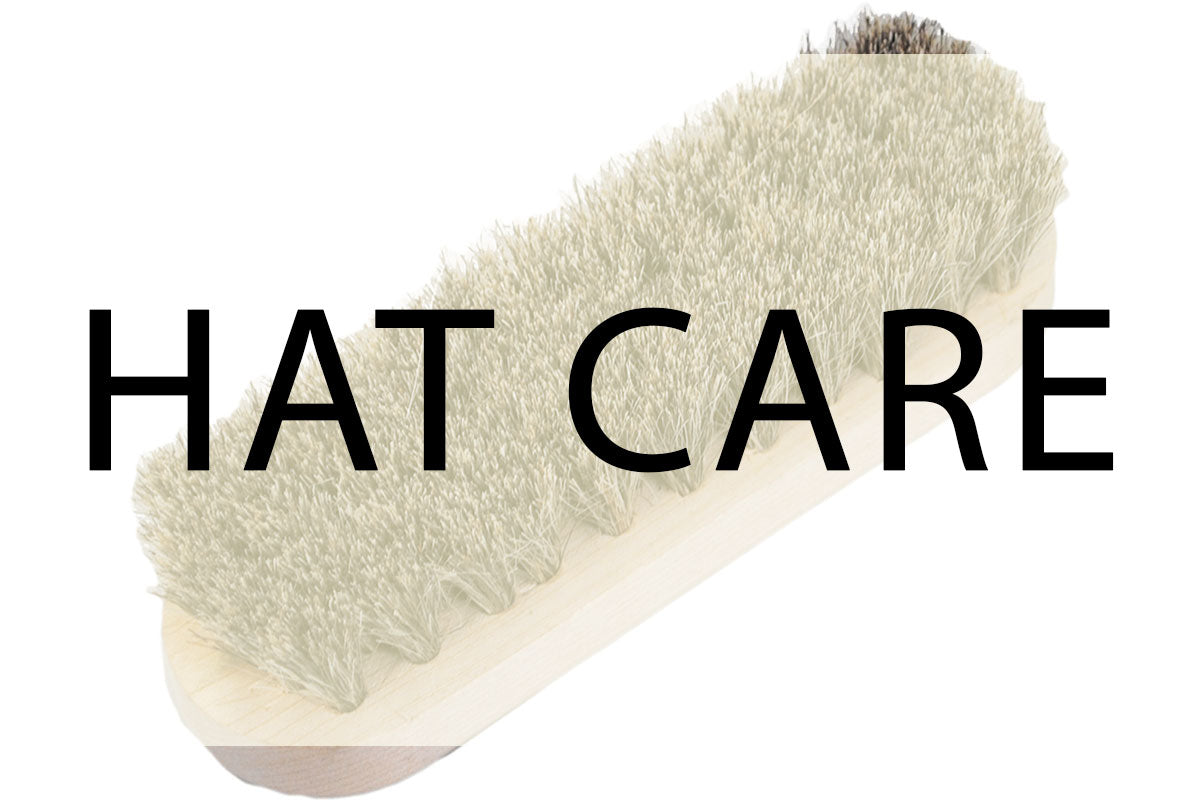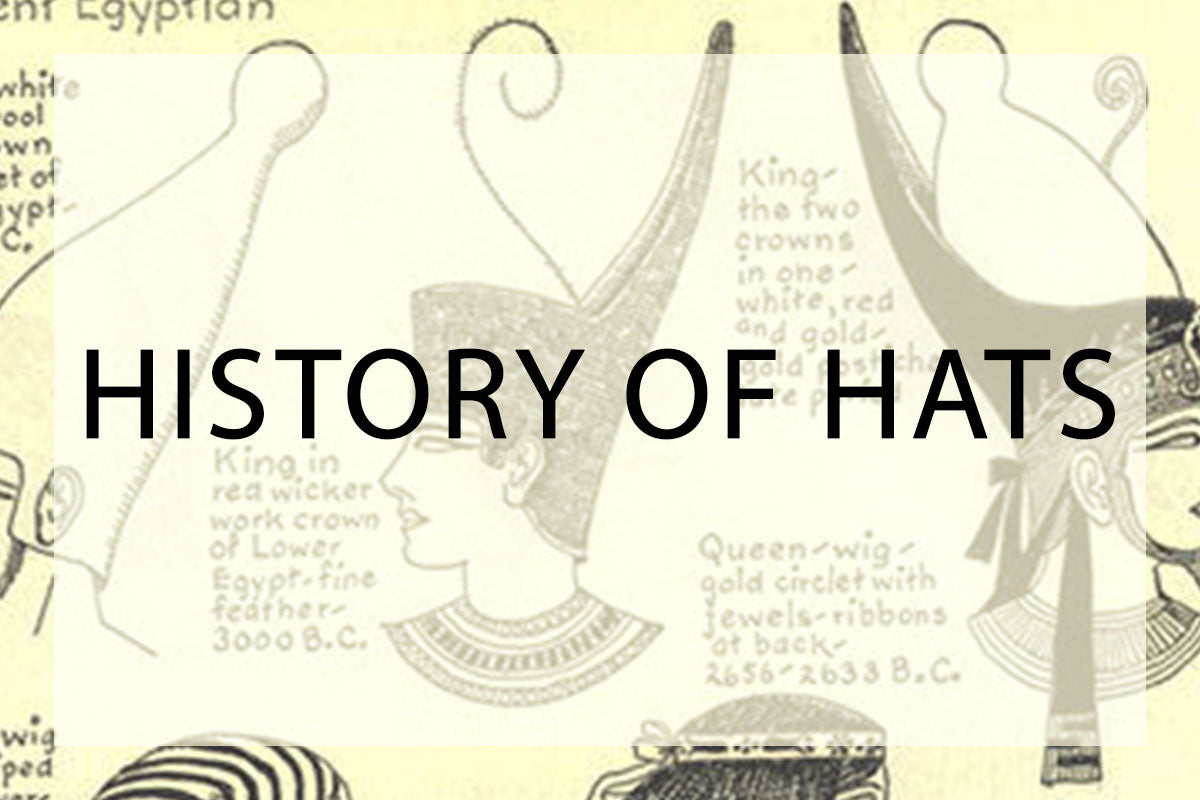Hat Blog Directory

Hat Blogs
CRAZY ABOUT HATS???
WE ARE TOO!
Check out our collection of Hat Blogs covering everything you've ever wondered about hats.
Informational Blogs
A Collection of Informative Hat Blogs
The Hat Files
Hat-Related Articles, Musings, Interesting Facts, & More


